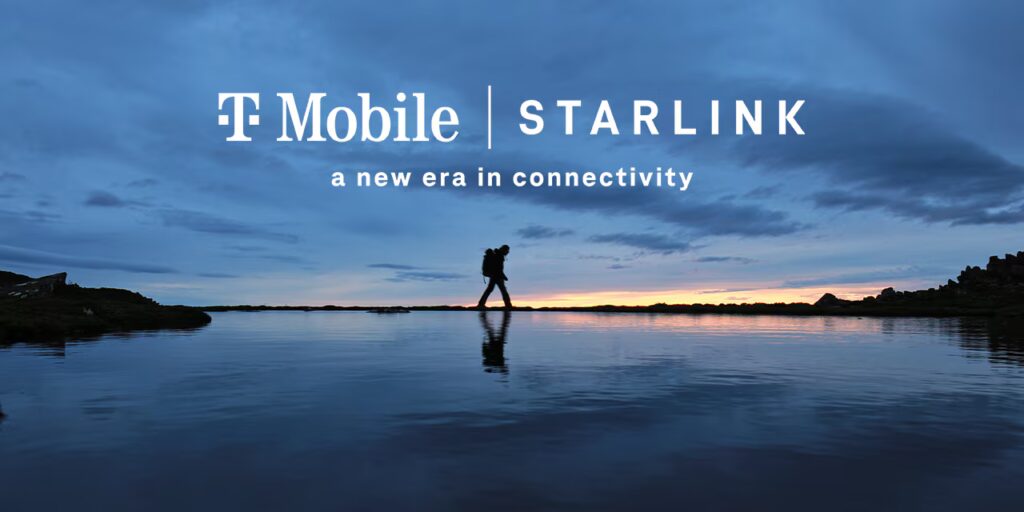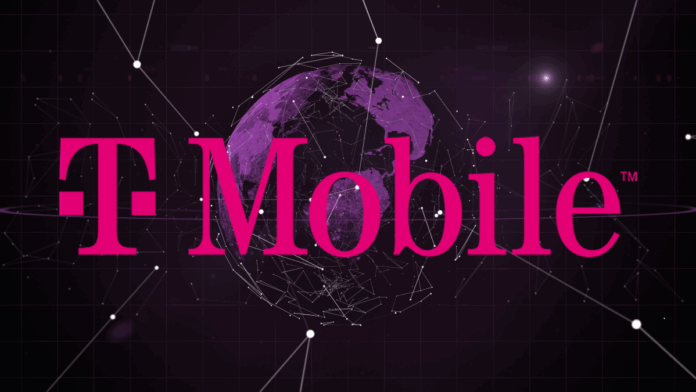T-Mo to commercially launch its T-Satellite NTN service on July 23 and offer $10 per month plans—including for AT&T and Verizon customers
One of the big questions for consumer use of satellite-to-cellular, Non-Terrestrial Network (NTN) technology has been: Is there actually a market for this?
T-Mobile US appears to have an answer, to the tune of more than 1.8 million “yeses”. That’s how many customers joined its T-Satellite NTN beta service, which was launched in February of this year. For perspective: T-Mobile US had total customer connections of 130.9 million at the end of the first quarter of this year, so that 1.8 million represents less than 1.4% of its base of connections.
That 1.8 milion figure also includes “hundreds of thousands” of customers of AT&T and Verizon, according to Mike Katz, president of marketing, strategy and and products at T-Mobile US. He spoke yesterday at an event at the T-Mobile 5G Hub, in which the company announced that it will officially launch its T-Satellite with Starlink service on July 23. (T-Mobile US’ official press release was a bit more restrained, saying that the beta service had included “tens of thousands” of AT&T and Verizon customers.)
“The response has been incredible,” said Katz. He offered some additional details that T-Mo has learned during its beta testing period for T-Satellite: Customers want to be able to use devices that they already have; to be connected automatically to a satellite when they leave terrestrial coverage, rather than fussing with finding line-of-sight with a satellite; and to have ubiquitous coverage, including in the hundreds of thousands of square miles of U.S. territory where no terrestrial cellular network coverage is available.
“We are literally light years ahead of what any other competitor is doing in this space,” Katz said. He hammered that point home during his presentation with a slide that boasted of active satellite-to-cellular support on 657 Starlink satellites (with more being launched regularly), compared to only a handful available to Verizon, none to AT&T and fewer than 30 for OEM-driven options from the likes of Apple and Google.
During the beta period, T-Satellite users have sent and received millions of messages from all over the country in mobile dead zones, and the service has been used via more than 60 different devices, according to Katz. It has even been used dozens of times to connect with 911. He said that 75% of T-Mobile US’ customer base has devices that can access T-Sat, and added that most devices made in the last four years can utilize the service.

The beta testing period allowed T-Mobile US to better understand what the experience of its users would be and what capacity would be needed. “We wanted to make sure that we built a system that could scale to the millions of people that wanted to use it,” Katz said.
In terms of usage patterns, “Customers receive three times more messages than they actually send out,” he said—which is why the service’s “automatic connection” approach matters. Users don’t have to pull out their devices and follow on-screen prompts to proactively connect to the NTN service, a process which Katz referred to as a “video game.”
“If you’re not able to receive messages because you haven’t done the video game and pointed your phone at the sky, then you’re not reachable. You’re not really connected. So automatic connection is something that desperately matters to customers,” he said.
The focus of the beta service was on text-based messages, including RCS and iMessages. But Katz said that when T-Satellite officially launches on July 23, the service will also support multimedia messaging, including MMS, picture messaging and the ability to send short audio clips for Android, with iOS support to come later.
As of October 1, Katz said, the ability to text 911 using T-Satellite will be available to all customers on any network—as long as they have a compatible device.
That same day, T-Mobile US and Starlink will also add data services to T-Satellite, and the ability to use optimized or “satellite-enabled” apps. Katz said T-Mo has already partnered with mapping, music and messaging providers to make sure that essential apps are available in satellite-only zones, he said, calling out Apple, Google, WhatsApp, X and AccuWeather by name. Software development kits are also available for app developers who want to lighten their apps so that they can be accessed in satellite-only coverage.
The T-Satellite service will be included in T-Mo’s Experience Beyond plan, and $10 for its other customers.
Even more audaciously, T-Mobile US is preempting Verizon and AT&T’s own NTN service plans by offering T-Satellite to customers of other carriers for $10 a month, with the service available to operate in parallel to their current cellular service—effectively monetizing the other MNOs’ customers, without even having to convince them to switch carriers.
Study gives a glimpse of T-Mo/Starlink’s satellite-to-cellular usage
On a related note, a recent study conducted by the Universidad Politécnica de Madrid, Spain (UPM) and WePlan Analytics used crowdsourced data to look at usage of the T-Mobile US/Starlink direct-to-device service, based on mobile network measurements passively collected from Android phones between October 2024 and April 2025 during the beta period and earlier as part of special disaster response permissions.
That study found that the direct-to-cell service was “most actively used in accessible but underserved areas, especially near national parks” and in large counties with low population density. However, the researchers also recorded some measurements of D2D use in places that were “officially covered by terrestrial networks, which points to poor or unreliable performance [of] terrestrial networks”—where D2D use would fill in coverage gaps.
The study also concluded that D2D provided lower signal strength than terrestrial networks but higher signal quality that reflected both the “long-distance, low-interference nature of satellite links and the unloaded state of the network.” The average throughput per beam of the D2D service was estimated at around 4 Mbps.
“Our study demonstrates that DS2D is not merely a theoretical concept—it is already being deployed and used in the real world,” the researchers said in a post on LinkedIn.

